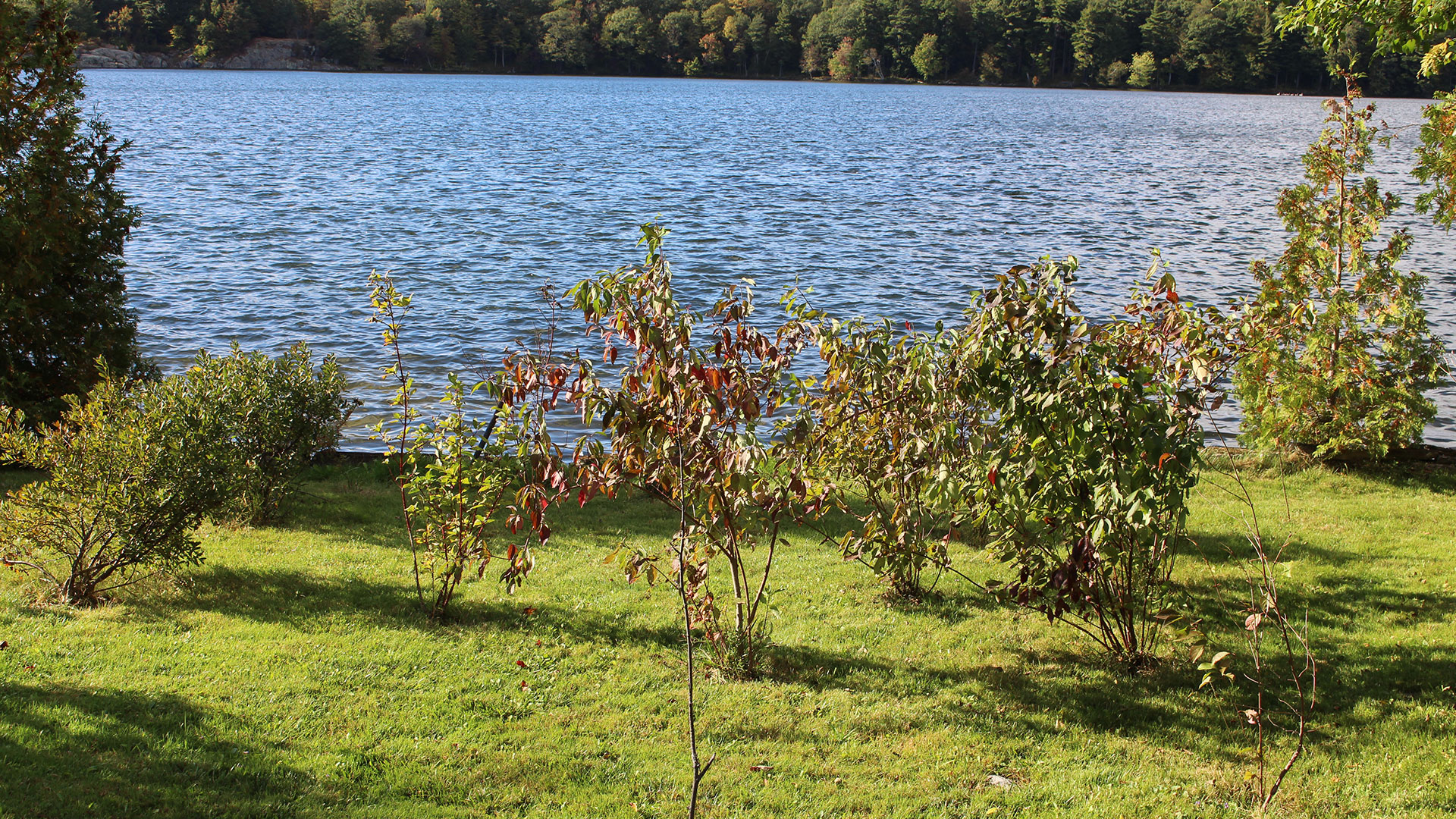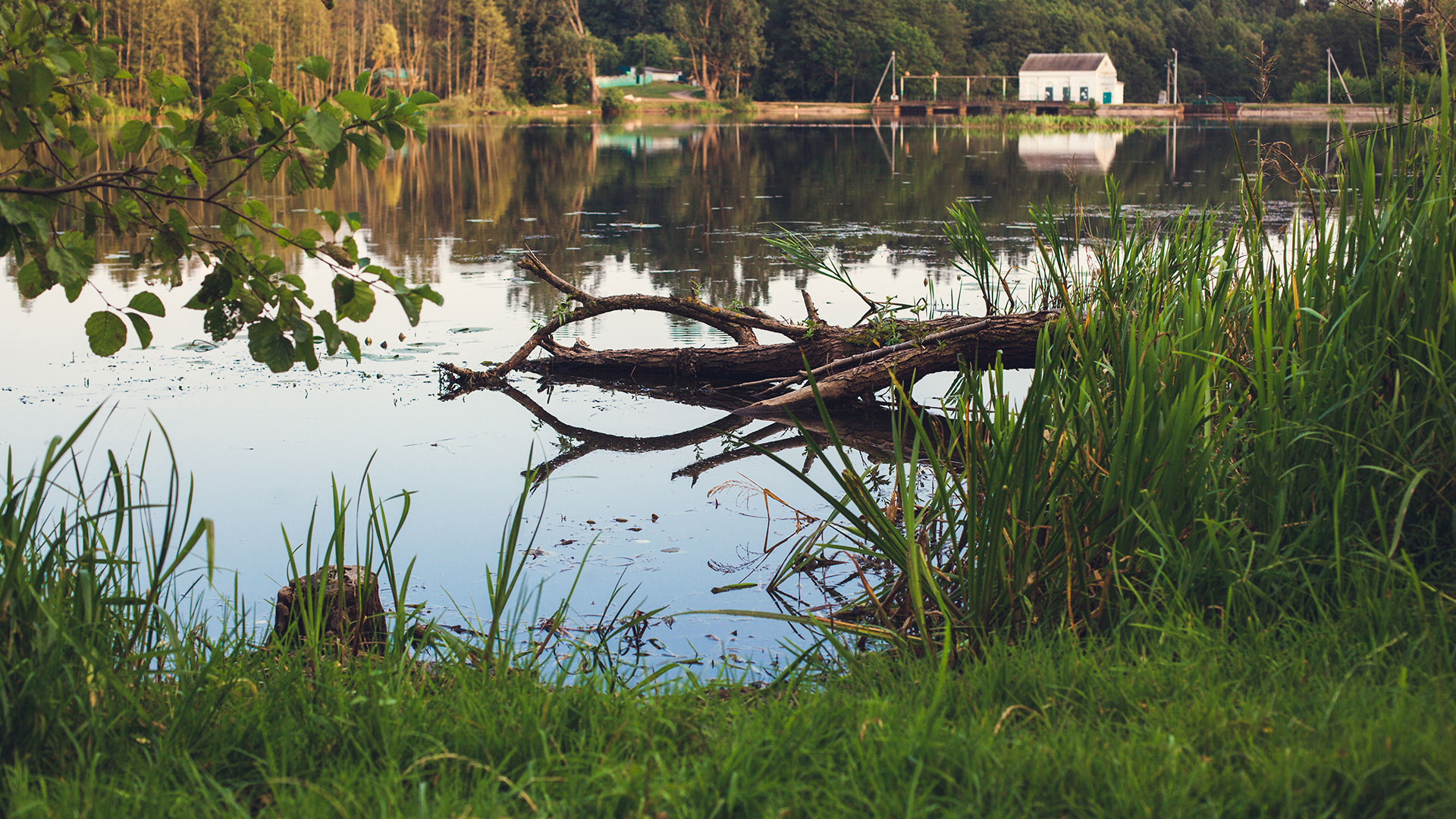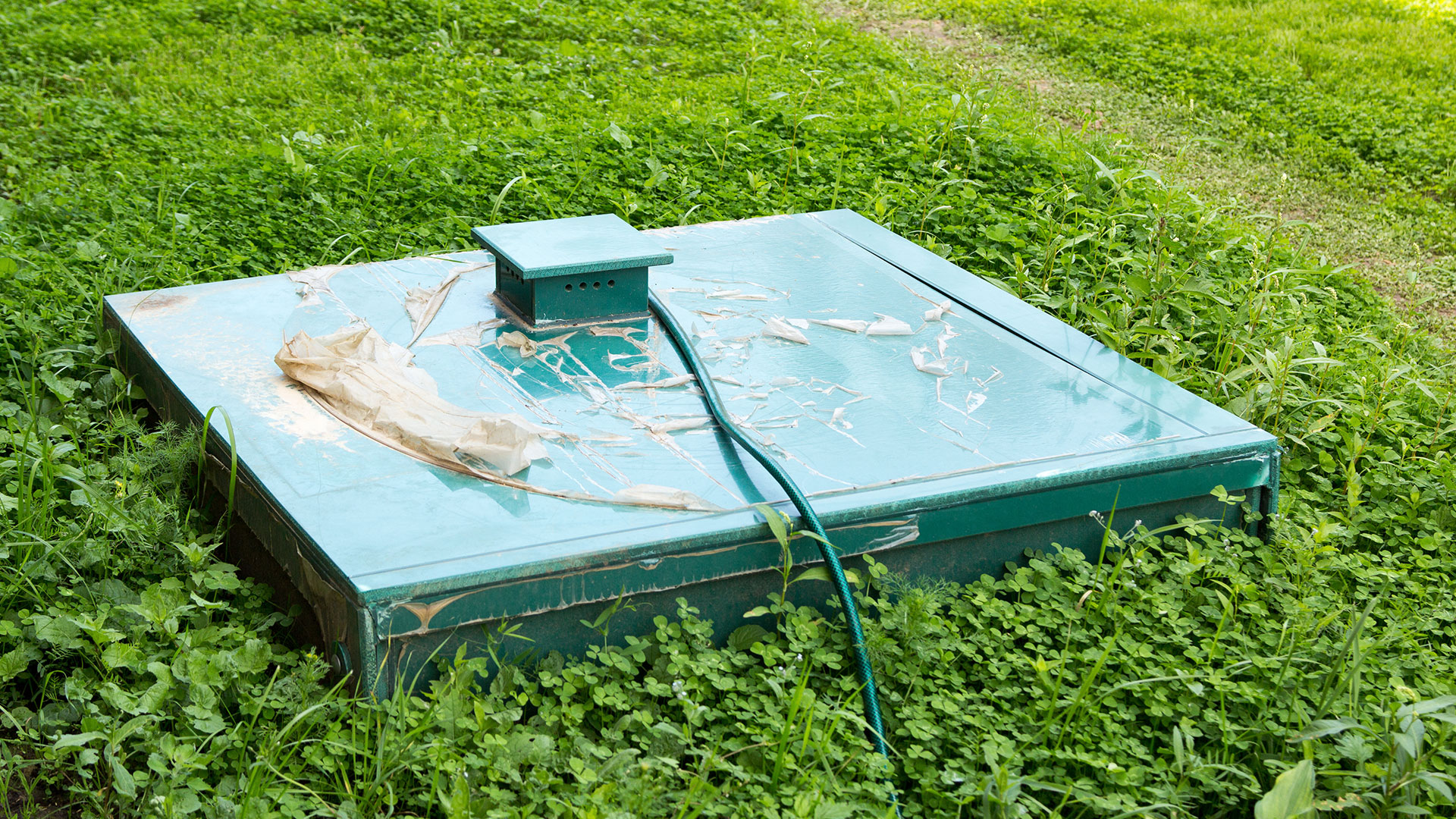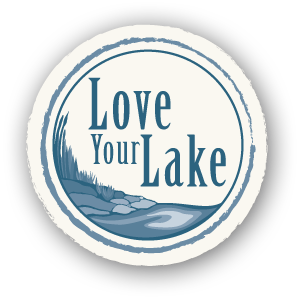We’re fortunate to have more lake area than any other country in the world, and it’s up to all of us to help keep our lakes a place where we can enjoy swimming, fishing, boating and playing! Be sure to check out how you can help keep your shoreline and lake healthy!
Is your shoreline healthy?

Join Our Community
Stay up-to-date on the Love Your Lake program by receiving free updates on Canada’s lakes and rivers.
Take our Values Survey today!
Ways to help your shoreline
Healthy lakes start with healthy shorelines that maintain clean water, prevent soil erosion, reduce the impacts of flooding and provide wildlife with food and habitat. Fortunately, maintaining healthy shorelines doesn’t take a lot of effort. Start with these easy actions.
Build a Shoreline Buffer

A shoreline buffer is a strip of vegetation, trees, shrubs, grasses, and perennials that borders the edge of a waterway. The larger this strip the better, but a buffer depth of even 10 meters (30 feet) will still provide great benefits.
Shoreline buffers are important for:
- Keeping contaminants such as sediments, fertilizers and pesticides from reaching the lake, reducing water quality and harming fish and wildlife habitat
- Preventing erosion by keeping sediments and nutrients from entering a lake and leading to accelerated algae growth, reduced water clarity, the smothering of fish eggs and more
- Shading and cooling the water
- Providing protective cover for birds, mammals and other wildlife that feed, breed and raise their young near water
To create a shoreline buffer you can either do nothing and let natural vegetation establish itself or you can design your own buffer using native plants.
Leave Natural Features Where They Are

Fallen trees, overhanging branches, dead standing trees, rock piles and aquatic vegetation are critical for wildlife. For example:
- Turtles use logs to bask on
- Fish use underwater branches and logs to hide from predators and to lay eggs
- Overhanging branches shade and cool the water where fish search for food and spawn
- Logs on land provide important habitat for small mammals, toads and salamanders
- Dead standing trees and cavity trees are used by many birds and mammals to create nests, raise young and provide food
Install Septic Systems Properly

A poorly installed septic system can result in health risks and water quality problems that affect you, your property value and wildlife. They can leak phosphates and nitrates into nearby lakes and groundwater, contributing to decreased water quality, algal blooms and fish kills.
If you have a septic system consider these points to keep it functioning properly and to protect your lake:
- Do not add food, grease or other non-human waste to your systems
- Do not use additives and toxic cleaners
- Have your septic system or holding tank pumped out on a regular basis and have it checked regularly to make sure everything is in good working order
Retaining Walls

In the past it was common practice to install retaining walls as a way to prevent shoreline erosion. However, it is now known that these structures actually do the opposite that they actually cause erosion, scour the lake bottom sediment and eliminate shoreline habitat.
If you have a concrete retaining wall and it needs to be replaced make sure you have the proper permits (see our Permits and Approvals section). Alternatively, consider replacing it with angular rock, also known as riprap. Riprap absorbs and deflects waves and boat wakes, and plants can even grow between the rocks helping to grip and keep soils in place even more!
If you have a concrete retaining wall that doesn’t need to be replaced, you can plant vegetation along the top of the wall. This will help filter runoff before it enters the lake and help reduce erosion by helping hold the soil in place.
It doesn’t take a lot of effort to improve the health of your shoreline and your lake. In fact, you may already be doing many of the right things.
Complete our Action Checklist and use what you learn to make a plan. It doesn’t all have to happen at once, but you can feel good about everything you do as being another positive step in keeping your shoreline and lake healthy.
Have your lake surveyed with Love Your Lake. If your lake becomes part of the program, every property will be assessed from a boat following specific criteria so there will be no disturbance to you.
The following spring you will be able to download your personalized shoreline property report providing you with helpful information on improving the health of your shoreline and your lake! Just send us an email at info@loveyourlake.ca including the name of your lake and we’ll be sure to get in touch!
Join our community
Stay up-to-date on the Love Your Lake program by receiving free updates on Canada’s lakes and rivers.
Program co-ordinated by:



